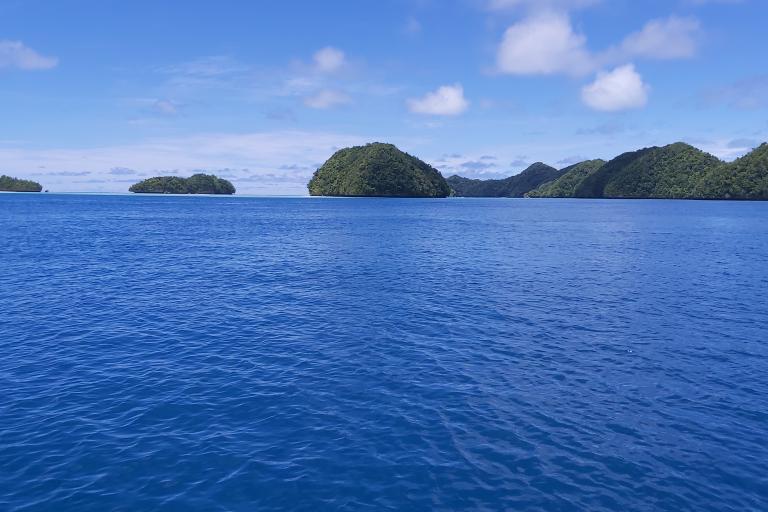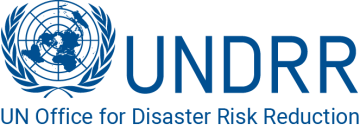

- Climate Resilience and Adaptation
- Disaster Risk Reduction
- Global Framework for Climate Services
- WMO Integrated Global Observing System
- Capacity Development
- Governance
- Observations
- Data Management
- Forecasting
- Service Delivery
- Early Warnings
Project background
The Scale up Inclusive Early Warning and Action in the Pacific (SIEWAP) project is a four-year initiative, aimed at scaling up people-centered and end-to-end multi-hazard early warning systems (EWS) across 14 Pacific Small Island Developing States (SIDS). It targets 2.3 million people in the Pacific Small Island Developing States who face high risks from climate-related hazards like tropical cyclones, floods, and sea-level rise. The project focuses on improving Early Warning System delivery, accessibility, anticipatory action, and gender-responsive and disability-inclusive approaches, building on previous phases and collaborating with various partners.
Funded by the Climate Risk and Early Warning Systems (CREWS) Initiative, and leveraging over US$200 million from other initiatives, the project is being implemented by WMO and the United Nations Office for Disaster Risk Reduction (UNDRR).
Objective(s)
To scale up people-centered and end-to-end multi-hazard early warning systems and actions across the Pacific.
Outputs
Output 1.1 - A Country and/or region has developed or strengthened legislative and/or institutional frameworks to support and sustain multi-hazard early warning systems.
Output 1.2 - Multi-hazard needs, gaps and priority assessments, analyses, and related investment plans for early warning systems in a country or region are driven by CREWS financing.
Output 1.3 - Partnerships and cooperation frameworks developed for financing and scaling up support to multi-hazard early warning systems.
Output 2.1 - Risk Information and tools generated by countries to enable the delivery of impact-based early warnings.
Output 2.2 - Monitoring analysis and forecasting of hazards that threaten the country/region are improved and sustained by the countries.
Output 2.3 - Warnings are communicated by the countries based on common alerting protocols (CAP) under agreed standard operational procedures (SOPs).
Output 2.4 - Warnings are received, understood, and acted upon based on co-produced preparedness and response plans by the countries.
Output 3.1 - People of different backgrounds, gender, youth, older persons, people with disability, poor marginalized, displaced and non-native, as well as related institutions have co-produced climate and weather information products tailored to their needs.
Output 3.2 - Private Sector is engaged to foster innovation and sustainability in delivery of early warning services.
Expected outcomes
Outcome 1: National and local multi-hazard early warning systems prioritized and funded.
Outcome 2: Improved Early Warning Service delivery and accessibility by national and regional institutions.
Outcome 3: Early Warning Programmes are driven by people-centered and gender-responsive principles and promote private sector engagement.
- Region:
- Region V: South-West Pacific



